6 Easy Tips for Perfect Outfit Proportions
In this style guide, I’m going to show you how to pay attention to body proportions, types of fabric, and their fit to create perfectly balanced looks.
Keep reading to become an expert in outfit proportions!
1. Know where to add volume
You need to know your body in order to be able to know where you're going to put the volume, where you're going to put the slim fit, where you’re going to put the stiffer fabrics, and where you’re going to put the softer ones.
In my case, my hips are wider than my torso, so I wear stiffer fabrics on my upper body and leave the softer fabrics for my lower body part
And, of course, if you have the opposite body type, you're going to put the volume at your bottom half and leave your upper body with the softer fabrics.
2. Get the right proportions
Here, I am wearing something very long with ankle-length pants and you can see that my legs appear shorter.
The overall look is out of proportion.
To fix that, I kept the blazer but changed to full-length pants, and what a difference it makes.
Also, as the longer jacket goes past my hip area - the widest part of my body - it makes me look slimmer.
3. Choose the right fabric
The stiffness of a garment is one of the things that determines its overall look.
For example, a synthetic blazer will have a completely different fit from a wool blazer because wool is stiffer.
Therefore, if you want to create volume in your upper body, a wool blazer that provides structure is a better choice.
Here, I'm wearing two pants in exactly the same style but made from different fabrics.
The one on the left is lighter; it falls on my body more easily, doesn't bulk anywhere, and it feels super comfortable.
On the other hand, the pants on the right are made of a much stiffer fabric, which creates bulk.
4. Know where to wear color
Dark colors make the body appear more elongated while lighter colors expand and protrude the appearance of the body.
Here, I'm wearing very similar styles, only changing the colors, but you can see the difference.
Dark colors on the bottom and lighter on my upper part are a much more flattering color contrast.
5. Don’t go totally slim
With the outfit on the left, the slim blazer with the slim leggings lacks proportion, and they also highlight my thick legs as opposed to making them appear slimmer.
The addition of looser pants, however, creates a more harmonious, relaxed result that works well with the fitted blazer - now the proportions are right.
6. Add volume to a slim outfit
Here, the pencil skirt with an equally fitted top puts my hip area in the spotlight instead of counterbalancing it.
The untucked peplum shirt covers my hip area, camouflaging it, and the addition of the kitten heels brings the right amount of height, making the outfit look more polished and in proportion.
Outfit proportions
So there you have it, everyone, getting an understanding of how fabrics, contrasts, and proportions work is a game-changer because, indisputably, visuals speak volumes.
Dressing well is all about getting all the elements of style in balance. I hope you found this style guide helpful!
Next, learn 7 Quick and Easy Style Hacks to Look Well Polished.
Enjoyed the project?
The author may collect a small share of sales from the links on this page.
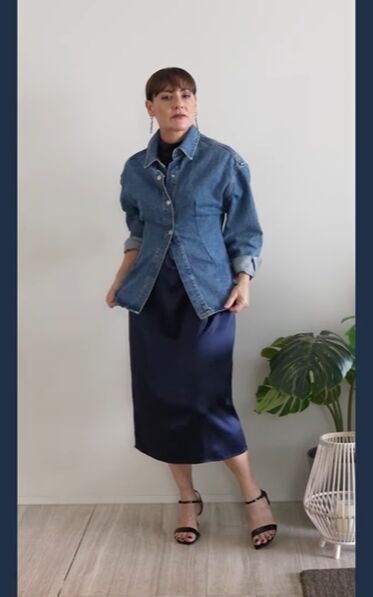







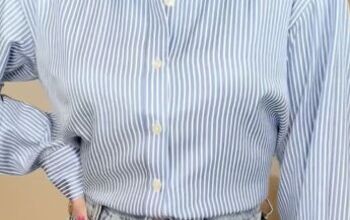



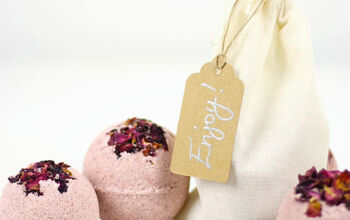

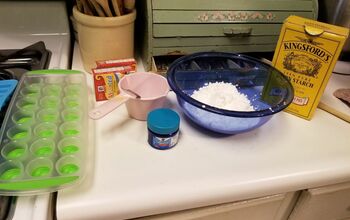



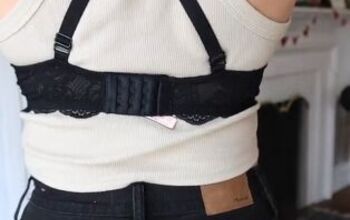


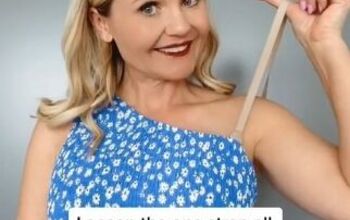
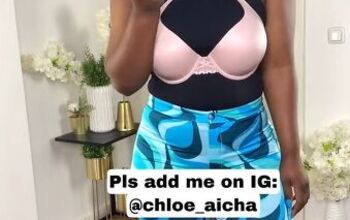

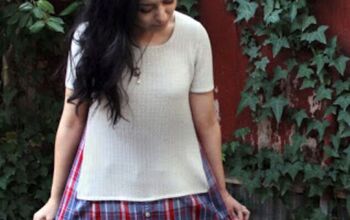
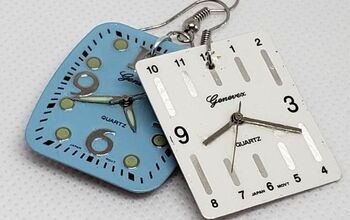
Comments
Join the conversation